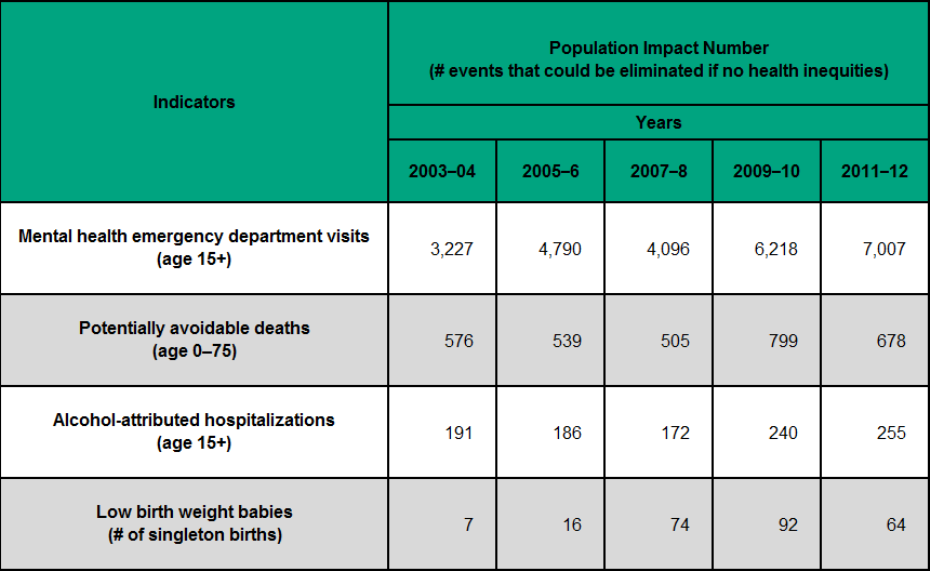Figure 2.6.4: Events that could be eliminated if health inequalities did not exist by health outcome by year
Population impact number, Middlesex-London, 2003–04 to 2011–12 average annual average

Over fifty percent of all mental health related emergency department visits could be eliminated in Middlesex-London if health inequities did not exist. Specifically, 7,007 visits of the 13,669 visits of the mental health related emergency department visits could have been avoided in Middlesex-London in 2011–12, if each socioeconomic group (based on material deprivation quintiles) experienced the rate of the most advantaged group.
Over forty percent of all alcohol attributed hospitalizations could be eliminated in Middlesex-London if health inequities did not exist. Specifically, 255 of the 592 cases of alcohol attributed hospitalizations could have been avoided in Middlesex-London in 2011–12, if each socioeconomic group (based on local material deprivation quintiles) experienced the rate of the most advantaged group.
Approximately forty percent of all potentially avoidable deaths could be eliminated in Middlesex-London if health inequities did not exist. Specifically, 678 of the 1,687 deaths due to potentially avoidable causes could have been avoided in Middlesex-London in 2011–12, if each socioeconomic group (based on local material deprivation quintiles) experienced the rate of the most advantaged group.
Just under twenty percent of all potentially avoidable singleton low birth weight births could be eliminated in Middlesex-London if health inequities did not exist. Specifically, 64 of the 381 low birth weigh births could have been prevented in Middlesex-London in 2011–12, if each socioeconomic group (based on local material deprivation quintiles) experienced the rate of low birth weight of the most advantaged group.